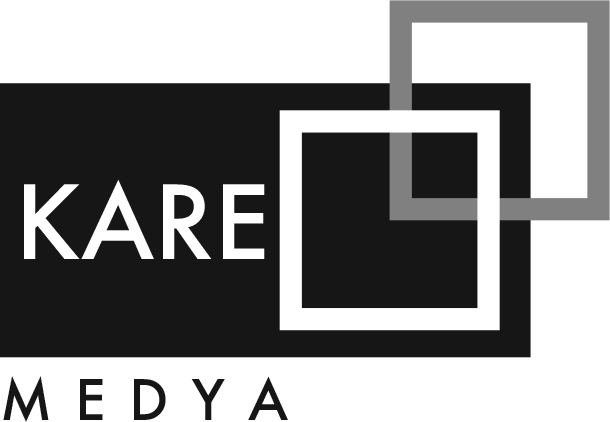
Journal of Education and Research in Nursing
Determination of the Factors Affecting the Birth Style Preferences of Primiparas
Emine Temizkan, Samiye MeteFaculty of Health Sciences, Department of Nursing, Eastern Mediterranean University, Turkish Republic of Northern CyprusINTRODUCTION: The research was conducted to determine the factors affecting the birth type preferences of primiparous pregnancies.
METHODS: The study was conducted with 102 primiparous pregnant women who admitted to a public and private hospital in Famagusta between September 2017- February 2018. Written consents of pregnants were obtained for the study. The data were collected with Pregnancy Introducing Features Form and Obstetric Story Form and the Prenatal Self Evaluation Questionnaire Fear of Birth Subscale and Birth Preparedness Subscale. Frequency, chi-square, mean, standard deviation, t-test were used in the evaluation of the data. Significance level is assumed as p<0.05.
RESULTS: It was found that 76.5% of pregnant women prefer vaginal birth and 23.5% prefer cesarean delivery. 84.6% of pregnants preferred vaginal birth because of it’ s natural, 58.3% of pregnants preferred cesarean delivery because of they afraid of birth and pain. There wasn’ t statistically a significant difference between birth preferences according to age, education, working status, place of residence and family type of pregnant women (p>0.05). When gestational weeks were examined, 38 week and after pregnants were prefered more cesarean birth than 38 weeks before pregnants (p=0.019). It was determined that there was no difference between birth preference according to pregnancy demand, planning of pregnancy, obtaining birth-oriented information, gender of the baby and preferences of hospitals (p>0.05). It was found that birth fear was effective in determining birth preference (p=0.000) and birth preparedness wasn’t effective (p=0.953).
DISCUSSION AND CONCLUSION: Attempts which reducing fear of birth, should applied before 38th week pregnancy to ensure vaginal birth preference. When planning these initiatives, women's preferences for birth type should be considered.
Primipar Gebelerin Doğum Şekli Tercihlerini Etkileyen Etmenlerin Belirlenmesi
Emine Temizkan, Samiye MeteSağlık Bilimleri Fakültesi, Hemşirelik Bölümü, Doğu Akdeniz Üniversitesi, Kuzey Kıbrıs Türk CumhuriyetiGİRİŞ ve AMAÇ: Araştırma, primipar gebelerin doğum şekli tercihlerini etkileyen etmenlerin belirlenmesi amacıyla gerçekleştirilmiştir.
YÖNTEM ve GEREÇLER: Araştırma, Eylül 2017- Şubat 2018 tarihleri arasında Gazimağusa’daki bir kamu ve bir özel hastaneye başvuran 102 primipar gebe ile yürütülmüştür. Gebelerden yazılı onam alınmıştır. Veriler, Gebe Tanıtıcı Özellikler Formu, Obstetrik Öykü Formu ve Prenatal Kendini Değerlendirme Ölçeği Doğum Korkusu ve Doğuma Hazır Oluş Alt Boyutları ile toplanmıştır. Verilerin değerlendirilmesinde frekans, ki-kare, ortalama, standart sapma, t-testi kullanılmış, p<0.05 anlamlılık düzeyi kabul edilmiştir.
BULGULAR: Gebelerin %76.5’inin vajinal doğumu tercih ettiğini ve %84.6’sı doğal olduğu için tercih ettiğini belirtmiştir. Sezaryen doğum tercih eden gebelerin %58.3’ünün doğum ve ağrıdan korktuğu için tercih ettikleri belirlenmiştir. Gebelerin yaş, eğitim, çalışma, ekonomik durum, ikamet edilen yer ve aile tiplerine göre doğum tercihleri arasında bir fark olmadığı saptanmıştır (p>0.05). Gebelerin 38 hafta öncesine göre 38 hafta ve sonrasında sezaryen doğum tercihinin arttığı bulunmuştur (p=0.019). Gebeliği isteme, gebeliğin planlı olması, doğuma yönelik bilgi alma, bebeğin cinsiyeti ve hastane tercihlerine göre doğum tercihleri arasında fark saptanmamıştır (p>0.05). Doğum korkusunun doğum şekli tercih etmede etkili olduğu (p=0.000), doğuma hazır oluşun ise etkili olmadığı (p=0.953) bulunmuştur.
TARTIŞMA ve SONUÇ: Gebelere 38. gebelik haftasından önce, doğum şekli tercih nedenleri göz önünde tutulup, doğum korkusunu azaltacak girişimler uygulanarak, vajinal doğum tercih etmeleri sağlanabilir.
Manuscript Language: Turkish
Copyright © 2025 Journal of Education and Research in Nursing


